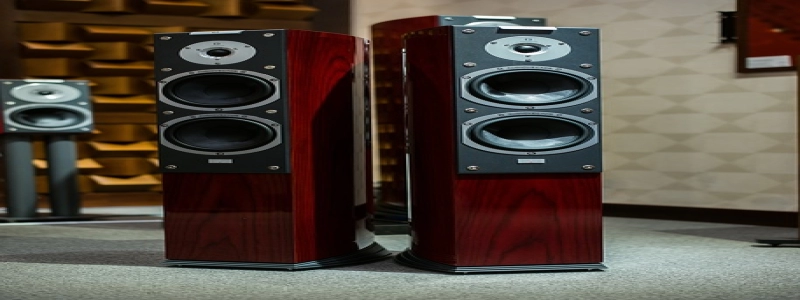Fiber Optic Home Network Router
Introduction:
In the modern digital era, technology has become an integral part of our lives. From smartphones to laptops, we rely heavily on the internet to connect with the world. With the increasing demand for high-speed internet, fiber optic home network routers have emerged as a game-changer. In this article, we will explore the benefits and features of a fiber optic home network router in detail.
1. What is a Fiber Optic Home Network Router?
A fiber optic home network router is a device that connects multiple devices in a household to the internet using fiber optic cables. Unlike traditional routers, which use copper wires, fiber optic routers use light signals to transmit data. This advanced technology allows for faster and more reliable internet connections.
2. Why Choose a Fiber Optic Home Network Router?
a. Lightning-fast Speed: Fiber optic routers can offer speeds of up to 1 gigabyte per second, resulting in faster downloads, smoother streaming, and seamless online gaming experiences. This makes them ideal for households that require high bandwidth and multiple devices connected simultaneously.
b. Improved Stability: Fiber optic cables are not affected by electromagnetic interference, which means that the internet connection remains stable and reliable even during peak usage hours.
c. Future-proof Investment: Fiber optic technology is considered the future of internet connections. By investing in a fiber optic home network router, you are ensuring that your home is ready for the advancements in technology that lie ahead.
d. Increased Security: Fiber optic connections are more secure as the signals are transmitted via light, making it difficult for unauthorized users to intercept or tamper with the data being transmitted.
3. Considerations when Choosing a Fiber Optic Home Network Router:
a. Speed and Bandwidth: Look for a router that can support your desired internet speed and offer enough bandwidth to accommodate all the devices in your household.
b. Number of Ports: Consider how many Ethernet ports you require for wired connections. Ensure that the router has enough ports to connect all your devices.
c. Parental Controls: If you have children, look for routers that offer robust parental control features, allowing you to restrict access to certain websites or limit internet usage for specific devices.
d. Compatibility: Ensure that the router is compatible with your internet service provider (ISP) or check if it has the capability to work with multiple ISPs.
e. Additional Features: Some routers offer additional features such as built-in firewalls, VPN support, or USB ports for sharing files or connecting printers. Consider these features based on your personal requirements.
Conclusion:
A fiber optic home network router is a reliable and future-proof investment for anyone looking for high-speed internet connections. With its lightning-fast speeds, stability, and enhanced security features, it is well-suited for modern households with multiple devices. When choosing a router, consider factors such as speed, number of ports, compatibility, and additional features to find the best fit for your needs. Embrace the power of fiber optics and transform your home internet experience.







